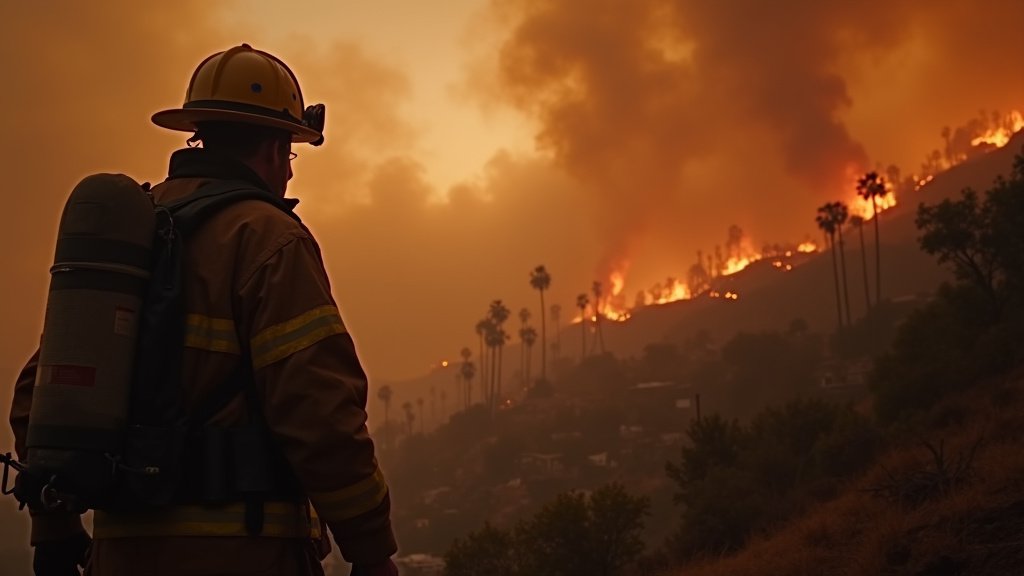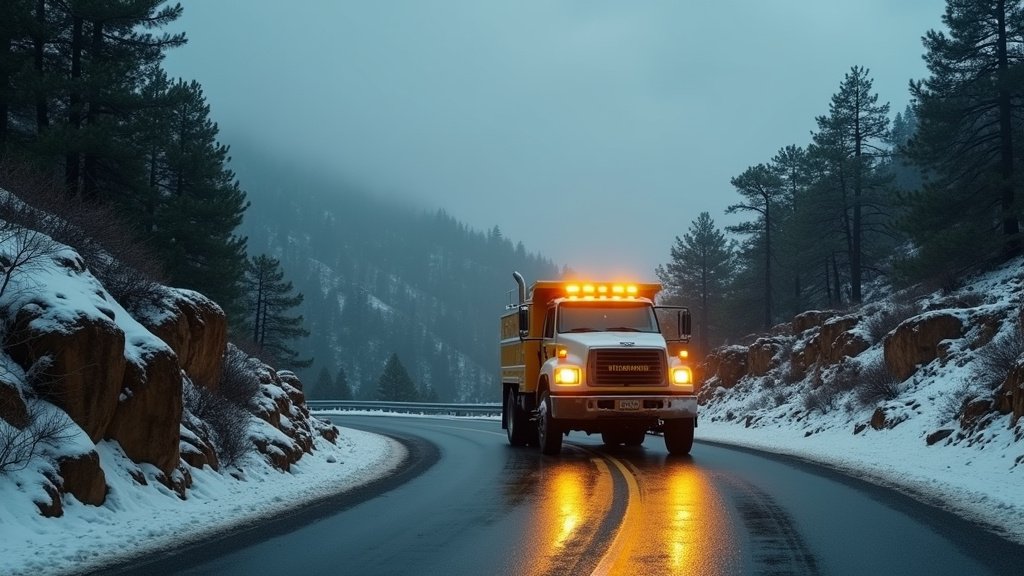A new document raises significant questions regarding the aftermath of the Lachman fire, which tragically reignited into the devastating Palisades Fire in Los Angeles. Now, a detailed Palisades Fire investigation is underway, and legal actions are bringing new scrutiny to the events surrounding this massive blaze, including potential arson allegations.
The Devastating Palisades Fire and its Aftermath
The Lachman fire initially began on January 1, 2025, as a small brush fire burning about eight acres. Firefighters initially suppressed it, but it smoldered underground. Days later, strong winds fanned the embers, and the fire reignited on January 7, 2025, becoming the devastating Palisades Fire. This fire caused immense destruction, claiming 12 lives and destroying over 6,800 structures, making it the most destructive fire in Los Angeles history. Federal investigators have charged a suspect, Jonathan Rinderknecht, with arson allegations, claiming he started the initial Lachman fire. The scale of the Palisades Fire underscores the need for rigorous investigation and effective wildfire management plan execution.
Examining the Wildfire Management Plan for the Palisades Fire
A critical document has emerged: the Wildfire Management Plan for Topanga State Park. This plan outlines an operating agreement between California State Parks and the LA Fire Department, detailing concerns for sensitive plants, animal species, and tribal sites. It suggests modifying mop-up procedures, minimizing spading to only hot areas near fire lines, and designating sensitive areas as ‘avoidance areas’ that require consulting a Natural Resource Advisor. The management of the Palisades Fire is central to understanding this plan’s implications and the effectiveness of the proposed firefighting tactics.
Questions Over Firefighting Tactics During the Palisades Fire
Attorneys representing victims of the Palisades Fire obtained this new document and believe its guidelines may have restricted firefighting efforts, potentially hampering mop-up and preventing the full extinguishment of the Lachman fire. Some claim the state prioritized plants over people. Firefighters reportedly warned of smoldering ground and were allegedly ordered to leave the site, despite hot rocks and stumps, with text messages seemingly supporting these claims. The LA Fire Department has faced criticism as its after-action report is under review. Records question earlier statements claiming thorough ‘cold trailing,’ as thermal imaging, which could detect hidden hot spots, was not used during the initial response to the conditions that led to the Palisades Fire and the subsequent Lachman fire reignition.
Legal Scrutiny Intensifies for the Palisades Fire
Lawsuits are moving forward, with attorneys planning to depose key personnel, including 12 LA Fire Department firefighters and up to five State Parks representatives. A Los Angeles County Superior Court judge will likely issue an order for these depositions. Lawyers aim to question them directly about their observations, inter-agency coordination, and adherence to tactical restrictions. The state has denied these allegations, with California State Parks stating they never hindered efforts and that firefighting decisions belong to the responding agency. However, victims’ attorneys argue the state failed to adequately monitor the burn scar, allowing the fire to reignite and become the catastrophic Palisades Fire, highlighting the need for a robust Topanga State Park plan.
Ongoing Investigation and Future Implications of the Palisades Fire
The wildfire management plan contains specific directives, such as allowing large logs to burn out and suggesting cold-trailing near fire lines with minimal tool scarring. In ‘avoidance areas,’ a Natural Resource Advisor must be consulted. However, the plan also notes exceptions, with final decisions depending on threats to life and property and resource availability. The legal process seeks clarity on whether these procedures played a role in the Palisades Fire. The consequences of these restrictions remain unclear but highlight complex wildfire management challenges. The popular news surrounding this case continues to develop, and this Palisades Fire investigation may lead to significant policy changes impacting how future fires are managed in Los Angeles, especially concerning firefighting tactics and legal scrutiny fires. The pursuit of accountability remains a priority, and these legal proceedings promise more answers, potentially shaping future wildfire responses. The city watches these developments closely, as this news is critical for Los Angeles residents dealing with the aftermath of the Palisades Fire.





